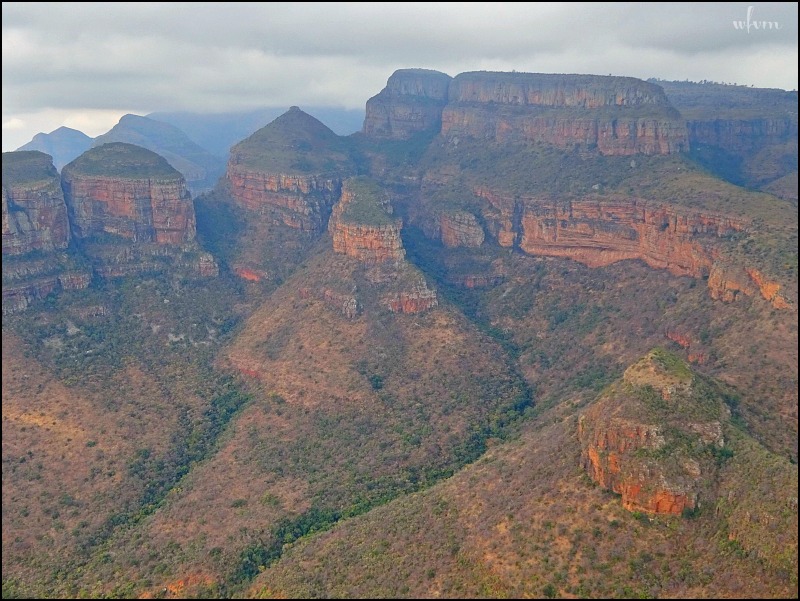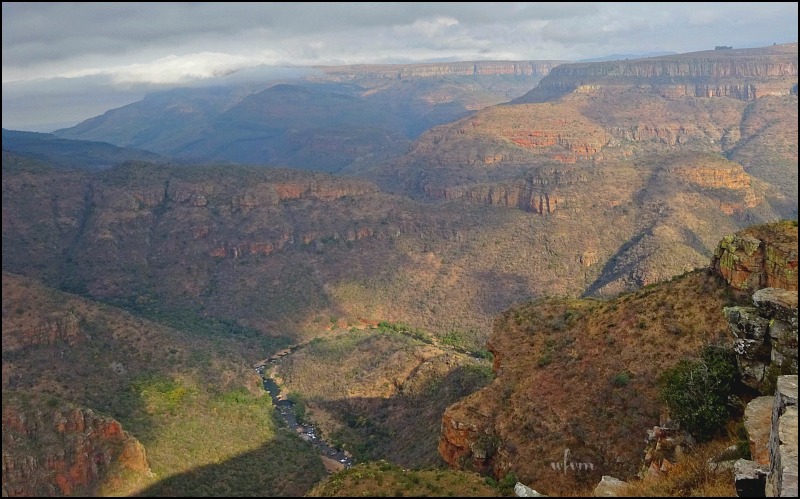 The part of the Cotswolds that I call home is almost completely surrounded by what is known as Common Land.
The part of the Cotswolds that I call home is almost completely surrounded by what is known as Common Land.Judging by his fine bushy tail and small size he appeared to be a juvenile.
Sadly this handsome fox must have been hit by a passing vehicle not long before I stumbled across him.
These Commons are some of the few remaining areas of the country that are registered common land and which still remain unenclosed. Many people enjoy walking, cycling, horse riding, having a picnic or relaxing and just enjoying the views. The Commons are within the Coswolds Area of Outstanding Natural Beauty and parts are designated as Sites of Special Scientific Interest (SSSI), a Special Area of Conservation and an Ancient Monument.
There are many rare and diverse species of butterfly to be found such as the Adonis Blue, which favours these limestone grasslands. There are 13 species of wild orchids thriving on the Commons along with the rare Pasque Flower which can be spotted growing on the Common around Easter. There are small Juniper trees, a slow-growing native conifer whose berries are used in gin, and which can live for up to 200 years.
Grazing animals are an intrinsic part of this ancient grassland management. Without grazing, the Commons would soon become dense, scrubby woodland and the rich limstone grasslands would not exist, the consquence of which would be a loss of views and wildlife habitats.
The people who are able to exercise the rights of grazing their cattle today are known as 'commoners'. These rights are afforded to them because they own property within the historic Manor. The rights are recorded in the deeds of their residential properties, and in the Commons Register held by the local County Council.
There is significant archaeology on the Commons, the most prominent being a defensive earth works running for over a mile across the Common, and forming the remains of a possible Iron Age settlement of the Belgic Dobunni tribe. There is a neothlithic long barrow, and indeed our own home sits on what was once a Roman Military Camp.
















































